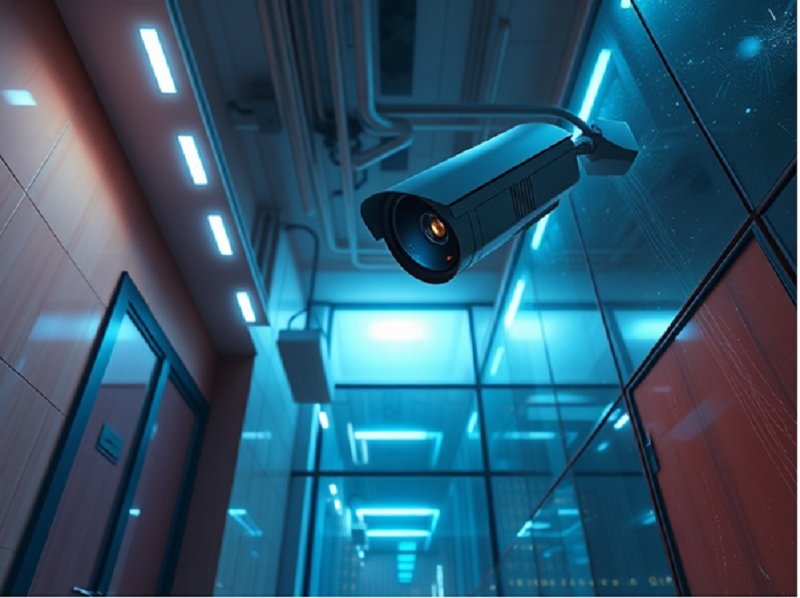In the fast-paced world of construction, the integration of technology plays a pivotal role in enhancing efficiency, safety, and security. Among the myriad of technological tools and devices employed, one particularly stands out due to its functionality and importance—the camera-like device often seen at construction sites.
This device, commonly referred to as a construction camera, is essential for various operational and security tasks.
Understanding Construction Cameras
Construction site security cameras are specialized types of video surveillance equipment designed to withstand the harsh environments of construction sites. They serve multiple purposes such as monitoring work progress, ensuring safety protocols are followed, and securing the site from theft or vandalism. These cameras are typically robust, weather-resistant, and equipped with features suitable for the dynamic and sometimes unpredictable nature of construction environments.
The Role of Construction Cameras in Monitoring and Documentation
- Progress Monitoring: Construction cameras provide project managers and stakeholders with real-time visual access to the project. This allows for remote monitoring of the construction progress, enabling decision-makers to make timely adjustments without the need to be physically present on-site. Regular time-lapse videos can also be generated to give a quick overview of the project’s evolution over days, weeks, or even months.
- Quality Assurance: By continuously recording the construction process, these cameras help in maintaining quality standards throughout the project lifecycle. They allow supervisors to review work and ensure that construction practices meet the agreed standards and regulations.
- Safety Enforcement: Safety on the construction site is paramount, and construction cameras play a crucial role in enforcing safety regulations. They help identify potential safety hazards and ensure workers are adhering to safety protocols. The visual evidence gathered can also be used for safety training and compliance purposes.
Security Aspects of Construction Cameras
Construction sites are often targeted by thieves and vandals due to the valuable machinery and materials present. Here, construction cameras act as a deterrent against such activities.
They can be strategically placed to cover all areas of the site, ensuring there are no blind spots for illicit activities to go unnoticed.
The Technological Features of Construction Cameras
Construction cameras are equipped with various advanced features that enhance their effectiveness:
- High-Resolution Imaging: To capture clear, detailed images that are useful for both security and monitoring work progress.
- Night Vision: Many construction cameras have night vision capabilities to ensure the site is monitored around the clock, crucial for early detection of unauthorized access during non-working hours.
- Weatherproofing: These cameras are designed to withstand the elements, including rain, dust, and extreme temperatures, making them ideal for the outdoor environments typical of construction sites.
- Wireless Connectivity: With advancements in wireless technology, many construction cameras can transmit live footage over the internet without the need for hard-wired connections, facilitating easier and more flexible installation.
Case Studies and Real-World Applications
Several notable construction projects around the world have leveraged construction cameras to their advantage. For instance, during the construction of the new terminal at an international airport, construction cameras were extensively used to monitor work progress and coordinate activities across the vast site.
The project team could address issues promptly as the cameras provided them with the necessary visual insights into every corner of the project.
Challenges and Considerations
While construction cameras are invaluable to modern construction projects, they come with their set of challenges:
- Privacy Concerns: The use of cameras on-site raises questions about privacy, particularly for workers. It is crucial to have clear policies in place that respect workers’ privacy while balancing the need for monitoring and security.
- Data Management: The vast amounts of data generated by continuous video recording need to be effectively managed and securely stored, which requires robust data management systems.
Conclusion
The camera-like devices seen at construction sites are more than just simple surveillance tools; they are sophisticated Ai Security Camera systems tailored to meet the unique demands of the construction industry. By providing real-time data and visual access to remote locations, they help in enhancing the efficiency, safety, and security of construction projects. As technology continues to advance, the capabilities and applications of construction cameras are only expected to grow, further revolutionizing the construction industry.



